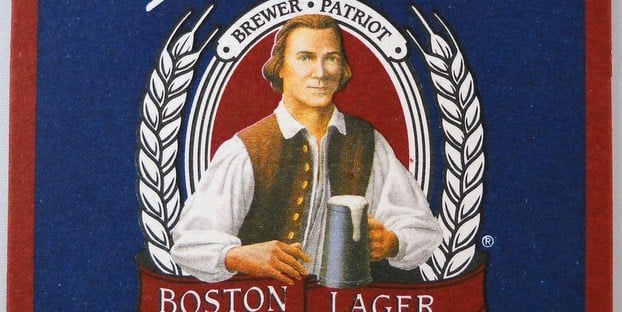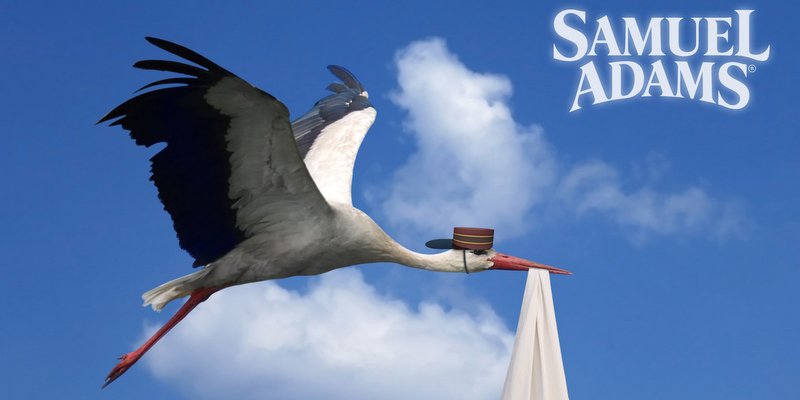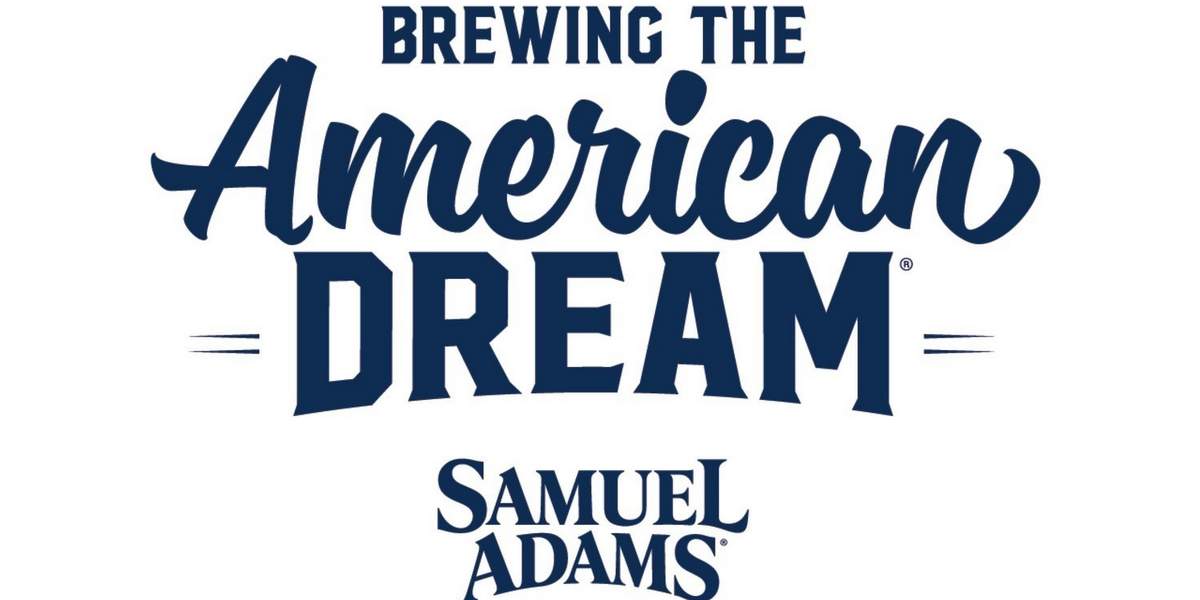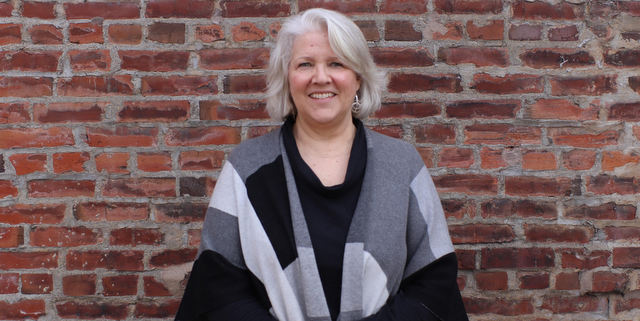The Boston Beer Co. is still seeing its sales dip (2017 net revenue of $247.0 million, a decrease of $6.4 million or 3 percent from the third quarter of 2016), but it is showing signs of improvement and just might have some initiatives for 2018 that will revive interest on the beer side.
“We remain challenged by the general softening of the craft beer and cider categories and a competitive retail environment with a lot of options for our drinkers,” stated Jim Koch, chairman and founder. “Our leadership team continues to make strides to address these challenges.”
New beers
The buzz was the new stuff Sam Adams will be rolling out in Q1 2018: Sam ’76 (a lager ale union) and Samuel Adams New England IPA. The New England IPA is a no-brainer new beer for the company and could maybe be the hit they’ve been waiting for — feels less forced than its jump into West Coast style IPAs and comes more at the start of a style trend this time.
Depletions decline
These new brands are needed to bolster the continued underperformance of the Samuel Adams brand, but there has been sequential improvements relative to first and second quarter performance.
“Our reported third quarter depletions decline was primarily due to decreases in our Samuel Adams and Angry Orchard brands and a slight headwind from the timing of our fiscal quarter in relation to the Fourth of July holiday,” stated Martin Roper, the company’s president and CEO. “These decreases were only partially offset by increases in our Truly Spiked & Sparkling and Twisted Tea brands. We are encouraged by the improving total company depletions trends since the first quarter, but the on-premise channel remains challenging.”
The company has adjusted its expectations for 2017 full-year depletions growth and its earnings guidance to reflect the trends for the first nine months and views of the remainder of the year, which includes continued investments in new media campaigns.
“While our full year depletions trends are below our expectations, we are pleased that our efficiency and cost initiatives are delivering ahead of targets and have provided us the flexibility to invest more in our brands,” Roper stated.
Priorities from here
Roper says the No. 1 priority, which is a refrain from the last few years, is returning both Samuel Adams and Angry Orchard to growth through continued packaging, innovation, promotion and brand communication initiatives.
Second priority: A focus on cost savings and efficiency projects to fund the investments needed to grow its brands. “We have adjusted our organization to the new volume environment, while preserving the capability to innovate and return to growth,” Roper said. “We believe that the results of these initiatives show in our reported gross margin improvements and in our operating expenses. Based on the success of these efforts, we are maintaining our previously stated goal of increasing our gross margins by about 1 percentage point per year through 2019, before any mix or volume impacts, while preserving our quality and improving our service levels.”
Earnings data points
- Depletions decreased 3.5 and 6 percent from the comparable 13 and 39 week periods in 2016.
- Gross margin was 53.2 percent for the third quarter, an increase from 52.7 percent in the comparable 13-week period in 2016, and 52.1 percent for the 39-week period ending September 30, 2017, an increase from 51.2 percent in the comparable 39-week period in 2016. The company maintains its full year gross margin target of between 51 and 52 percent.
- Advertising, promotional and selling expense was flat to the comparable 13-week period in 2016 and decreased $1.1 million, or 1 percent, from the comparable 39-week period in 2016.
- Full-year 2017 year over year depletion and shipment change is now estimated at between minus 7 and minus 4 percent, a decrease and narrowing of the range from the previously communicated estimate of between minus 7 and plus 1 percent. The 2017 fiscal year includes 52 weeks compared to the 2016 fiscal year, which included 53 weeks.
- Based on current spending and investment plans, full year 2017 Non-GAAP earnings per diluted share, which excludes the impact of ASU 2016-09, is now estimated at between $5.60 and $6.20, a narrowing up of the range from the previously communicated estimate of $5.00 and $6.20.
Early look at 2018 forecast
- Depletions and shipments percentage increase of low single digits.
- National price increases of between 1 and 2 percent.
- Gross margin of between 52 and 53 percent. Increasing during the year due to progress on the cost initiatives.
- Increased investment in advertising, promotional and selling expenses of between $15 million and $25 million. This does not include any changes in freight costs for the shipment of products to the Company’s distributors. This estimate is subject to the timing of brand investments currently planned for the fourth quarter 2017 which could move into 2018.
- Non-GAAP effective tax rate of approximately 37 percent, excluding the impact of ASU 2016-09.
- Estimated capital spending of between $55 million and $65 million, which could be significantly higher, if deemed necessary to meet future growth.






Leave a Reply
You must be logged in to post a comment.